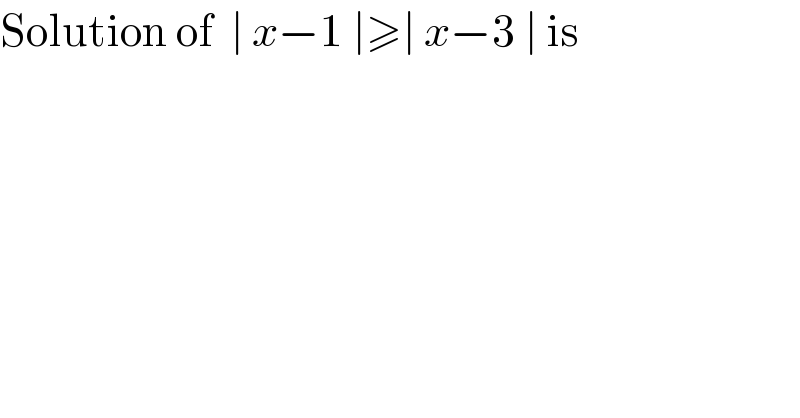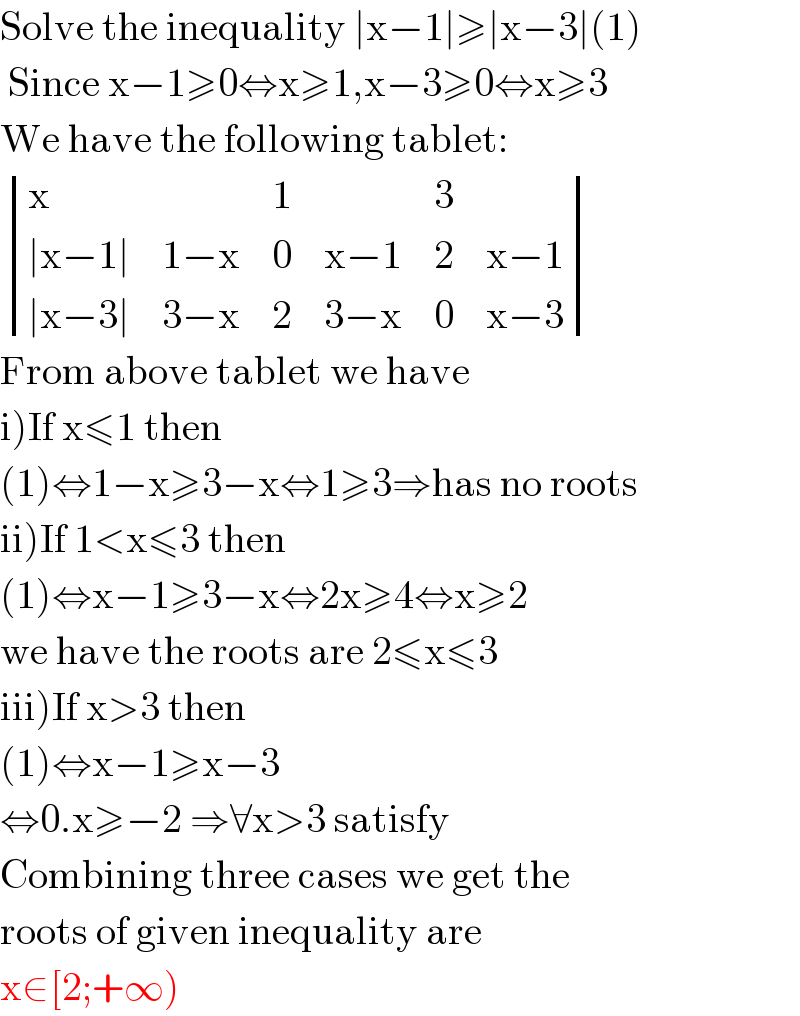Question Number 114420 by Aina Samuel Temidayo last updated on 19/Sep/20

Commented by bemath last updated on 19/Sep/20

Commented by Aina Samuel Temidayo last updated on 19/Sep/20

Commented by bemath last updated on 19/Sep/20

Commented by bobhans last updated on 19/Sep/20

Answered by Aina Samuel Temidayo last updated on 19/Sep/20

Commented by bemath last updated on 19/Sep/20

Answered by 1549442205PVT last updated on 19/Sep/20

